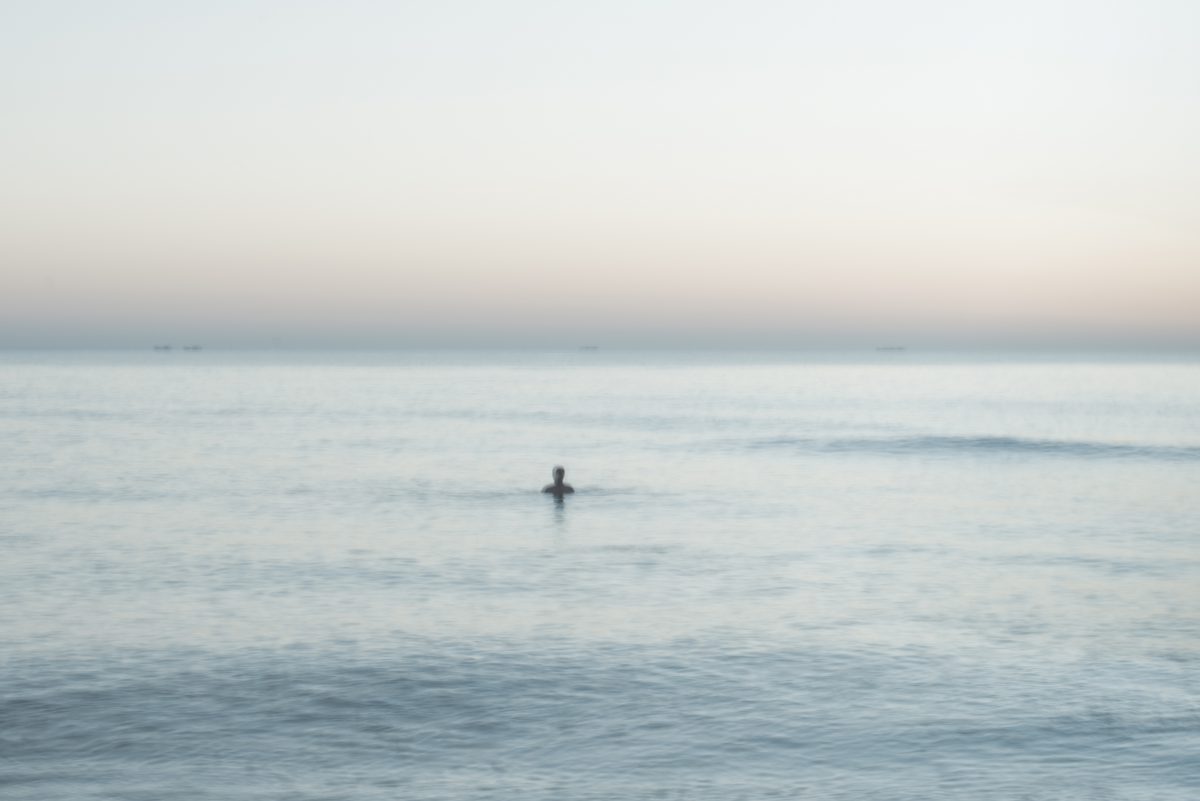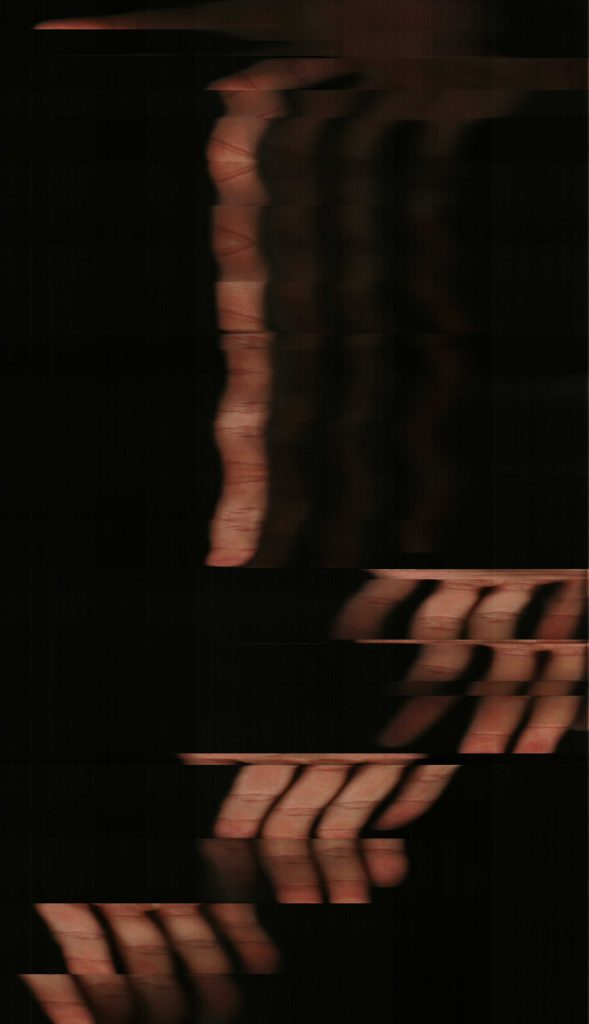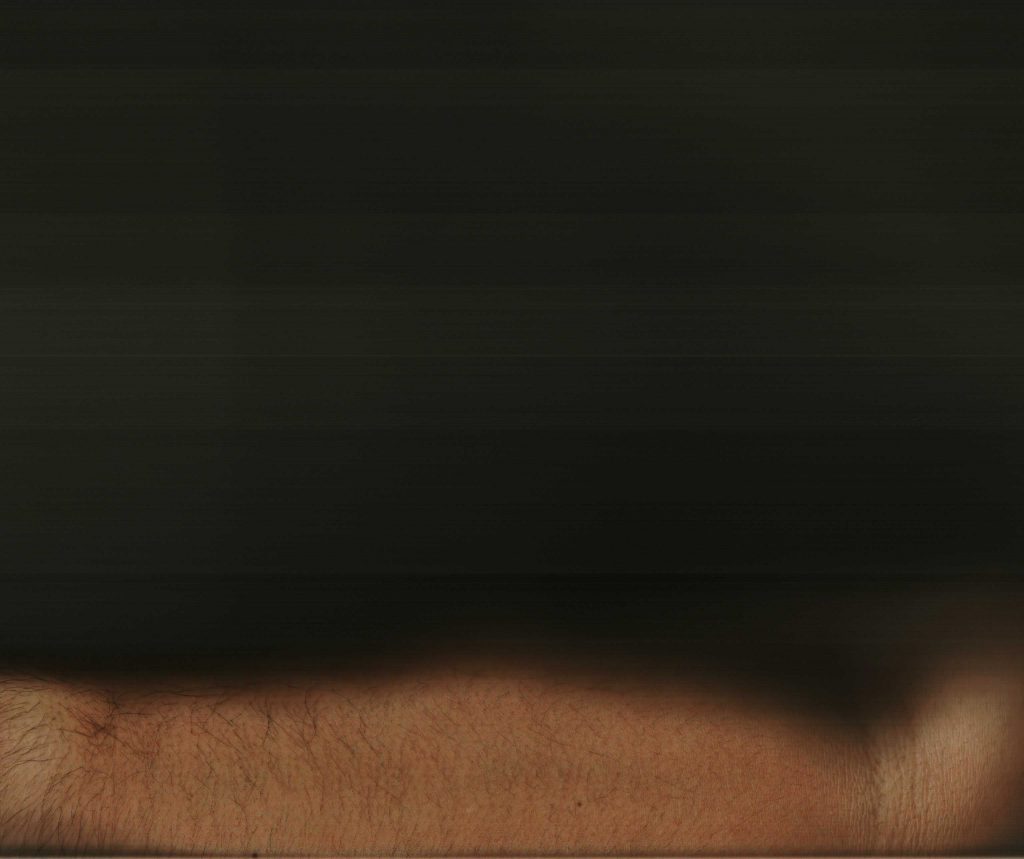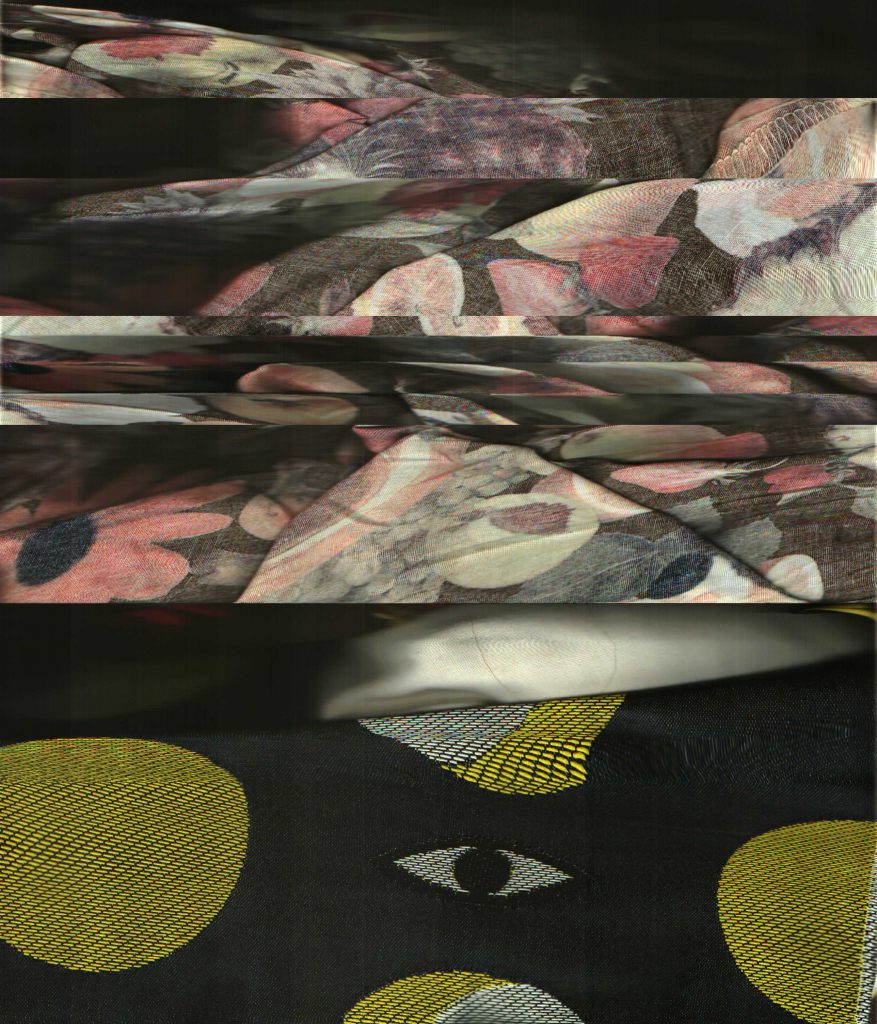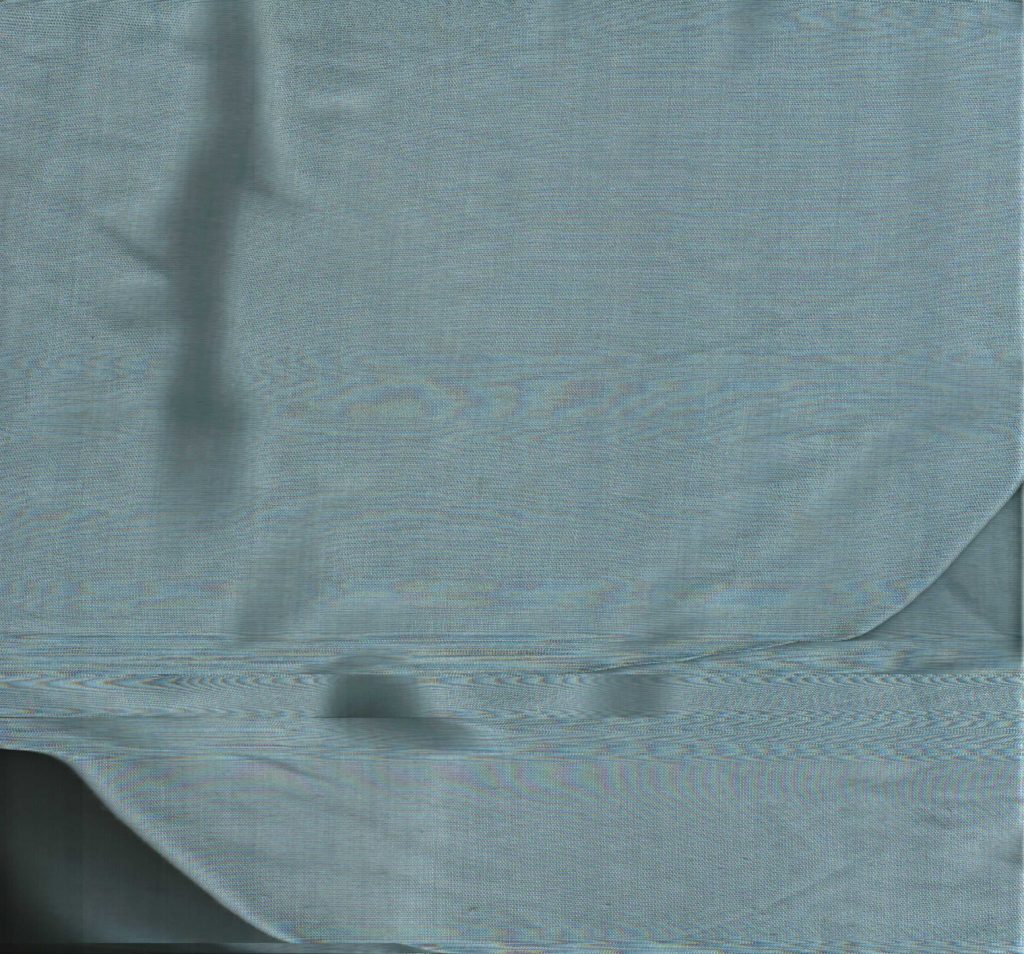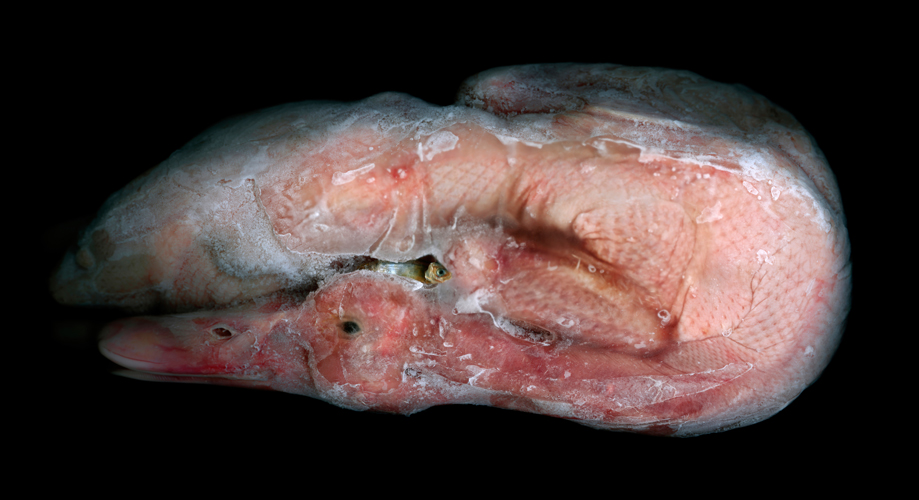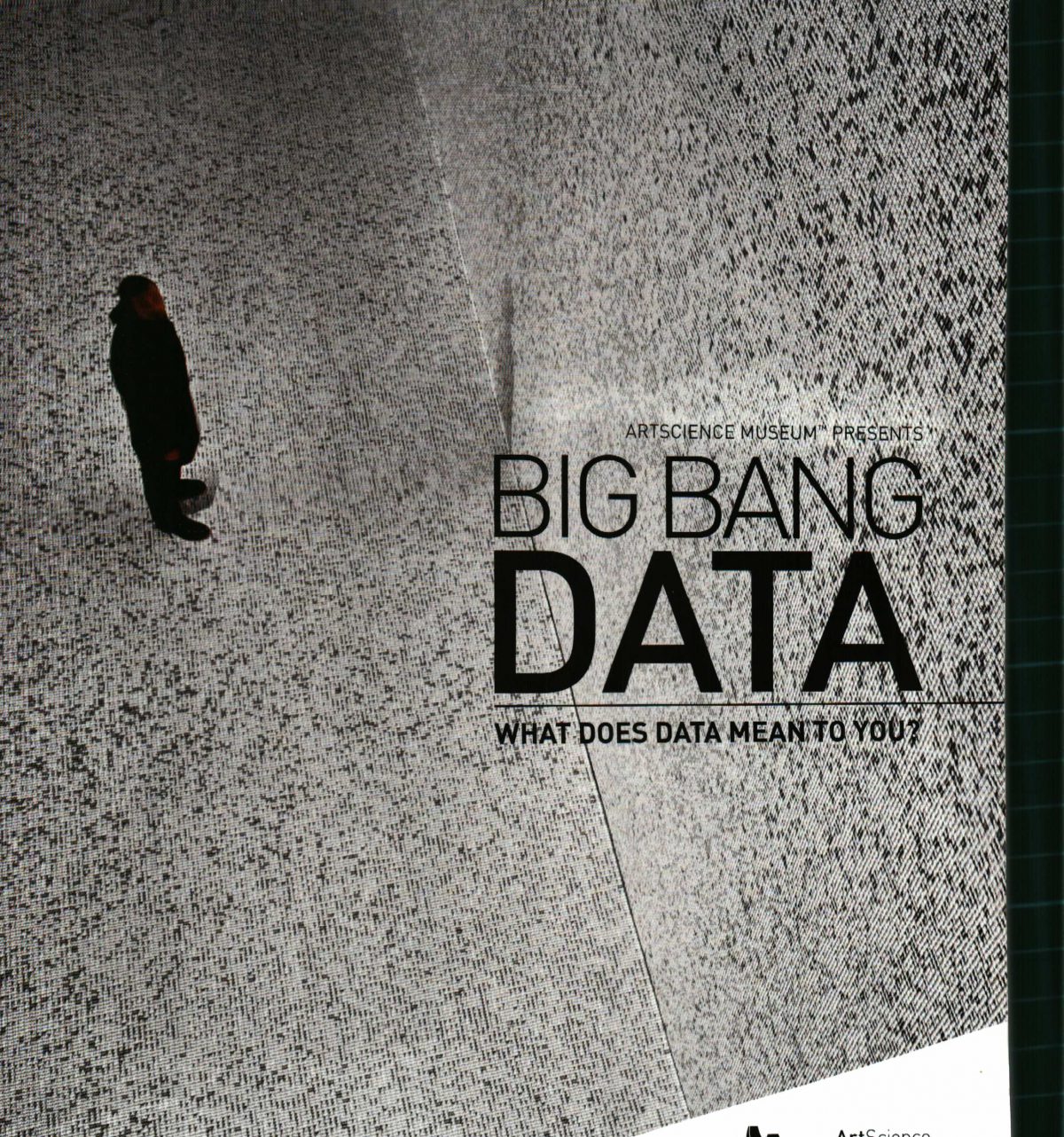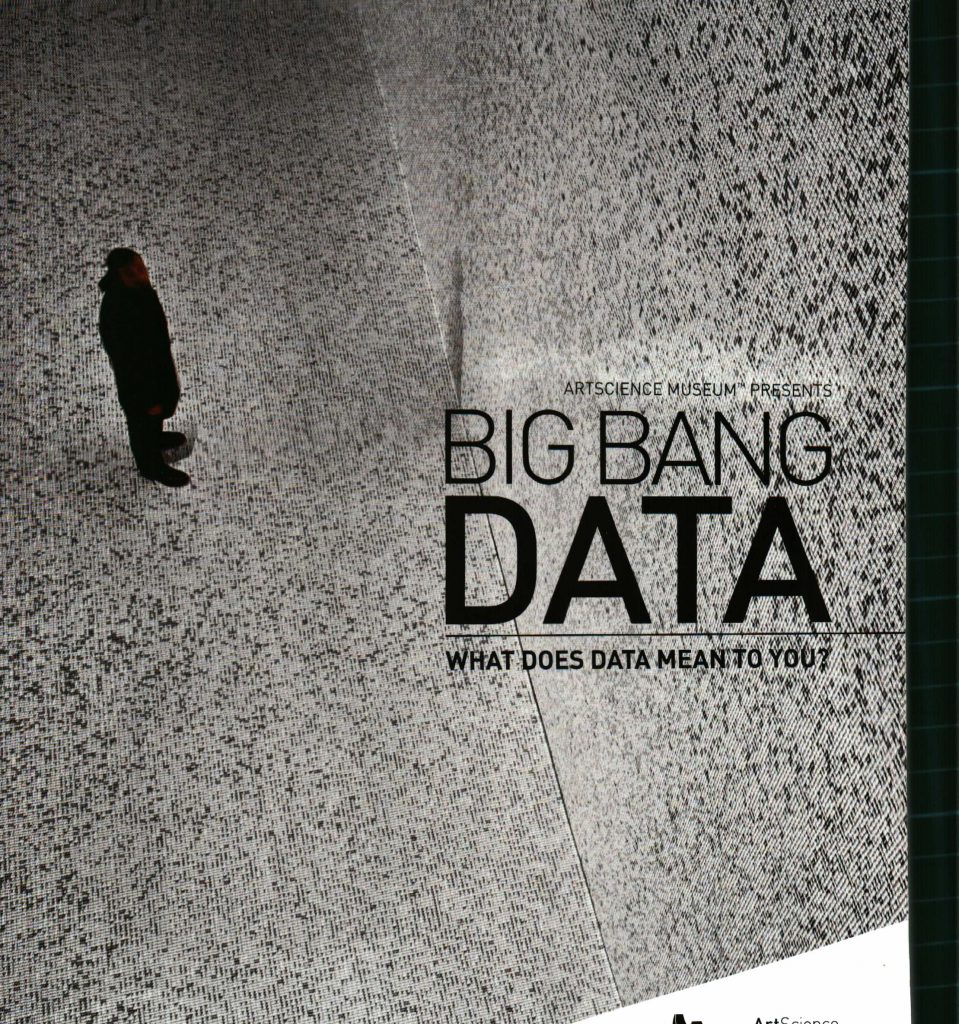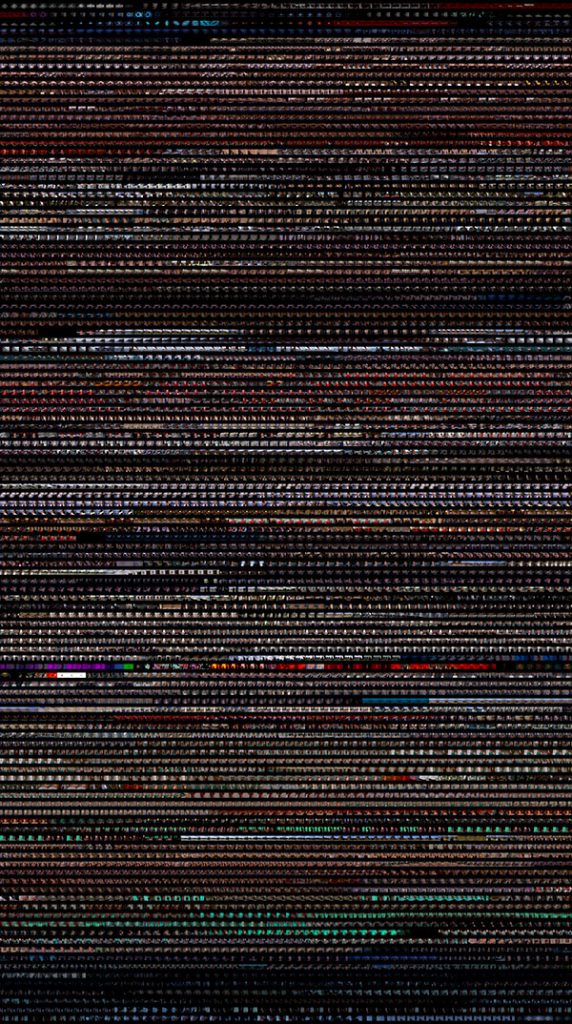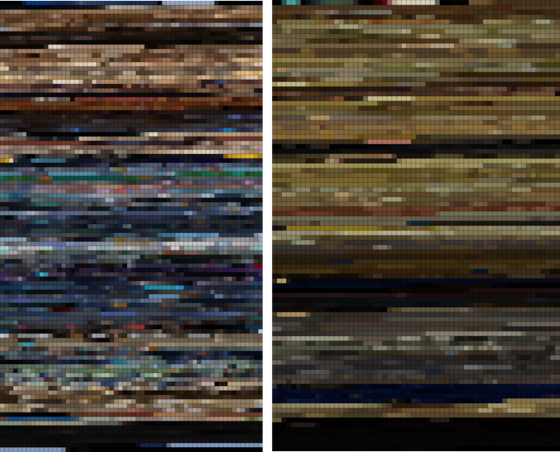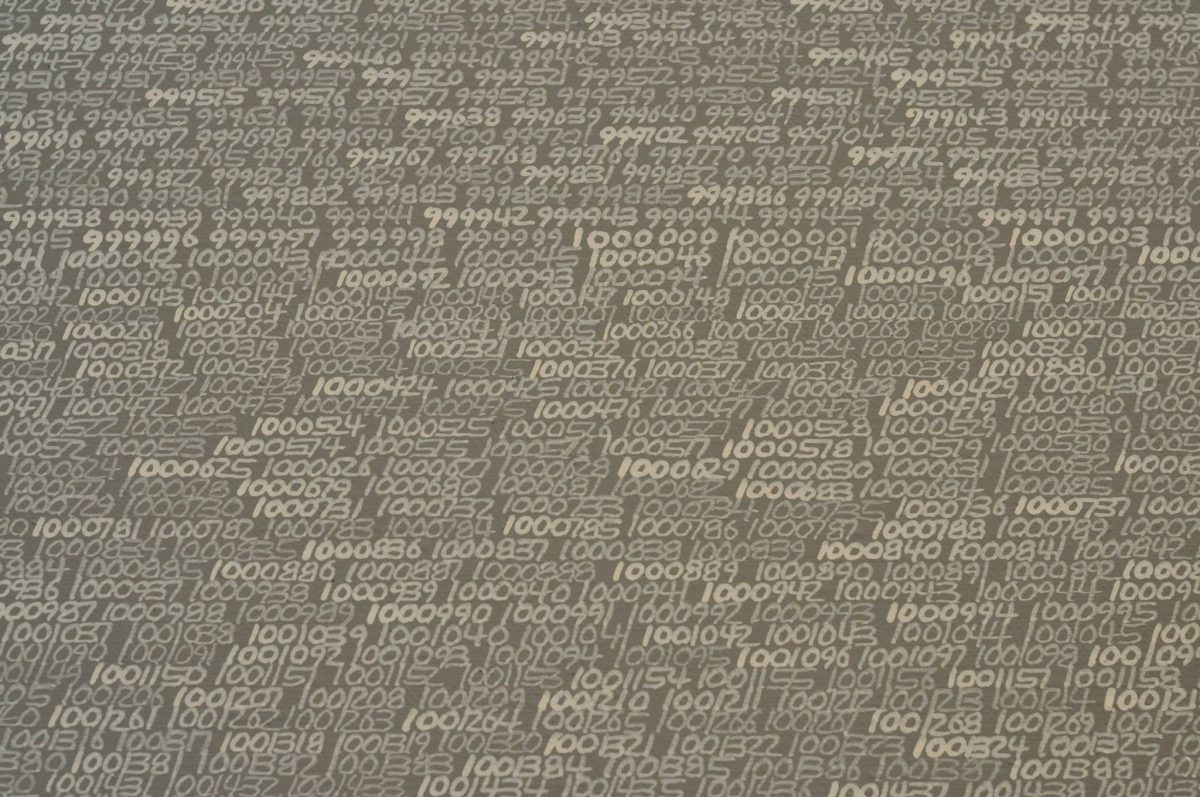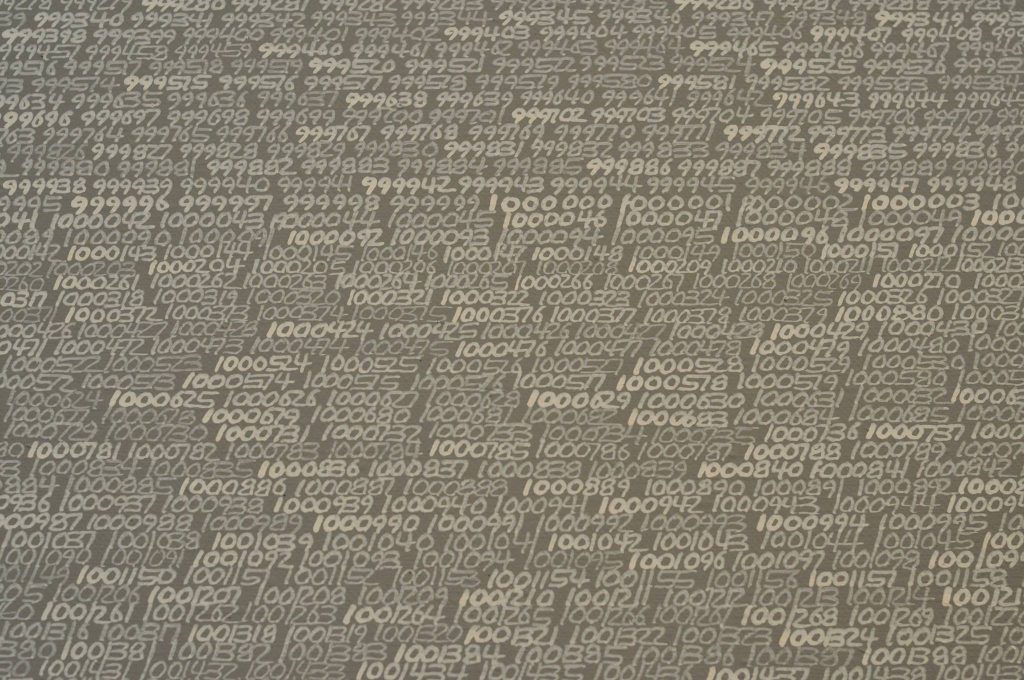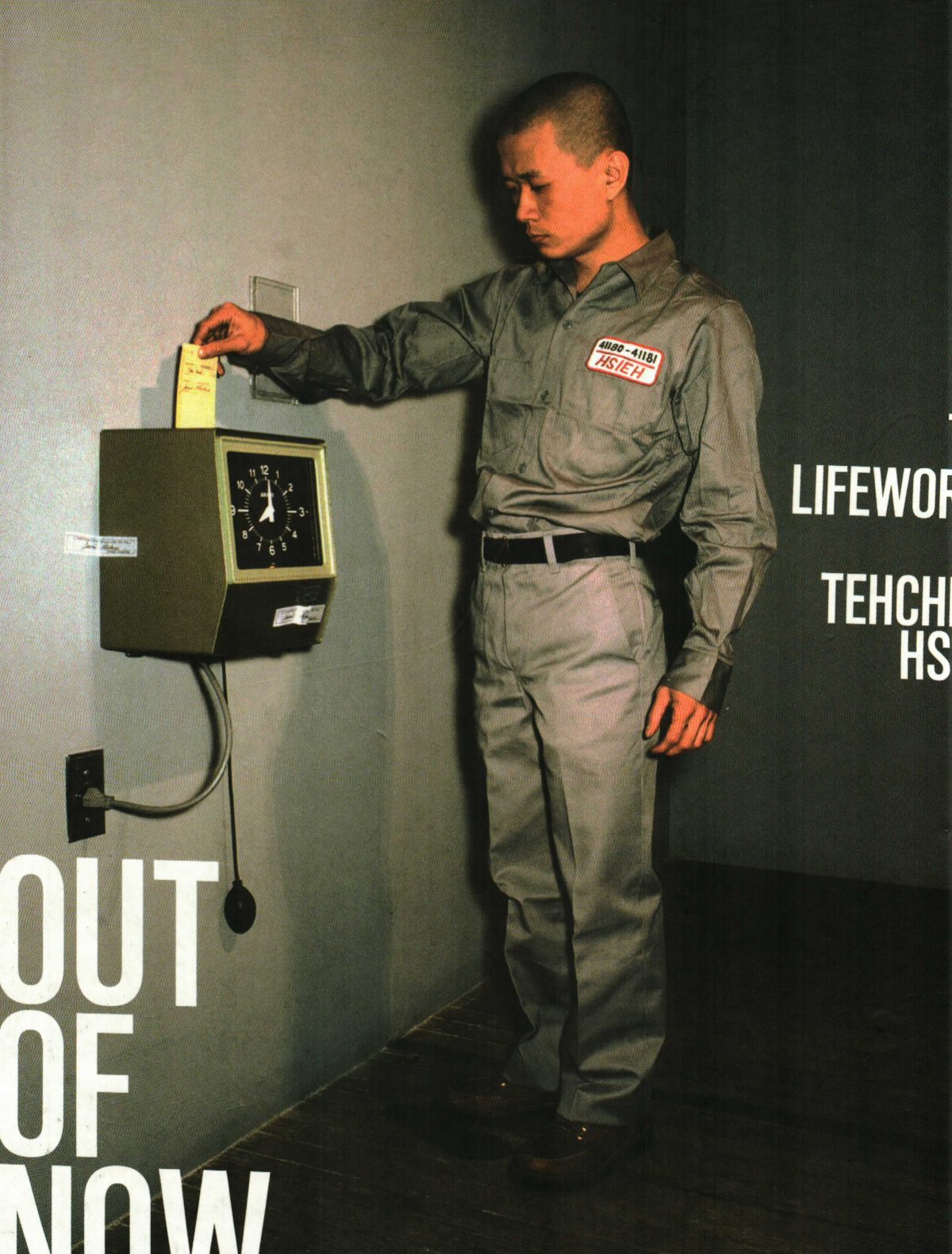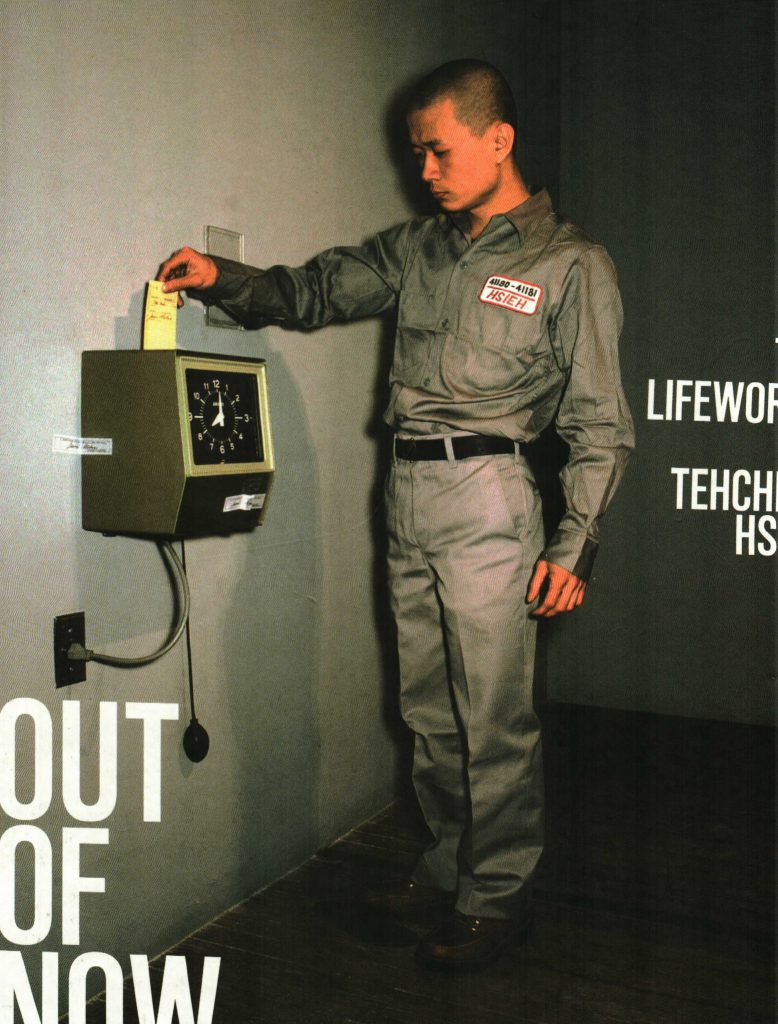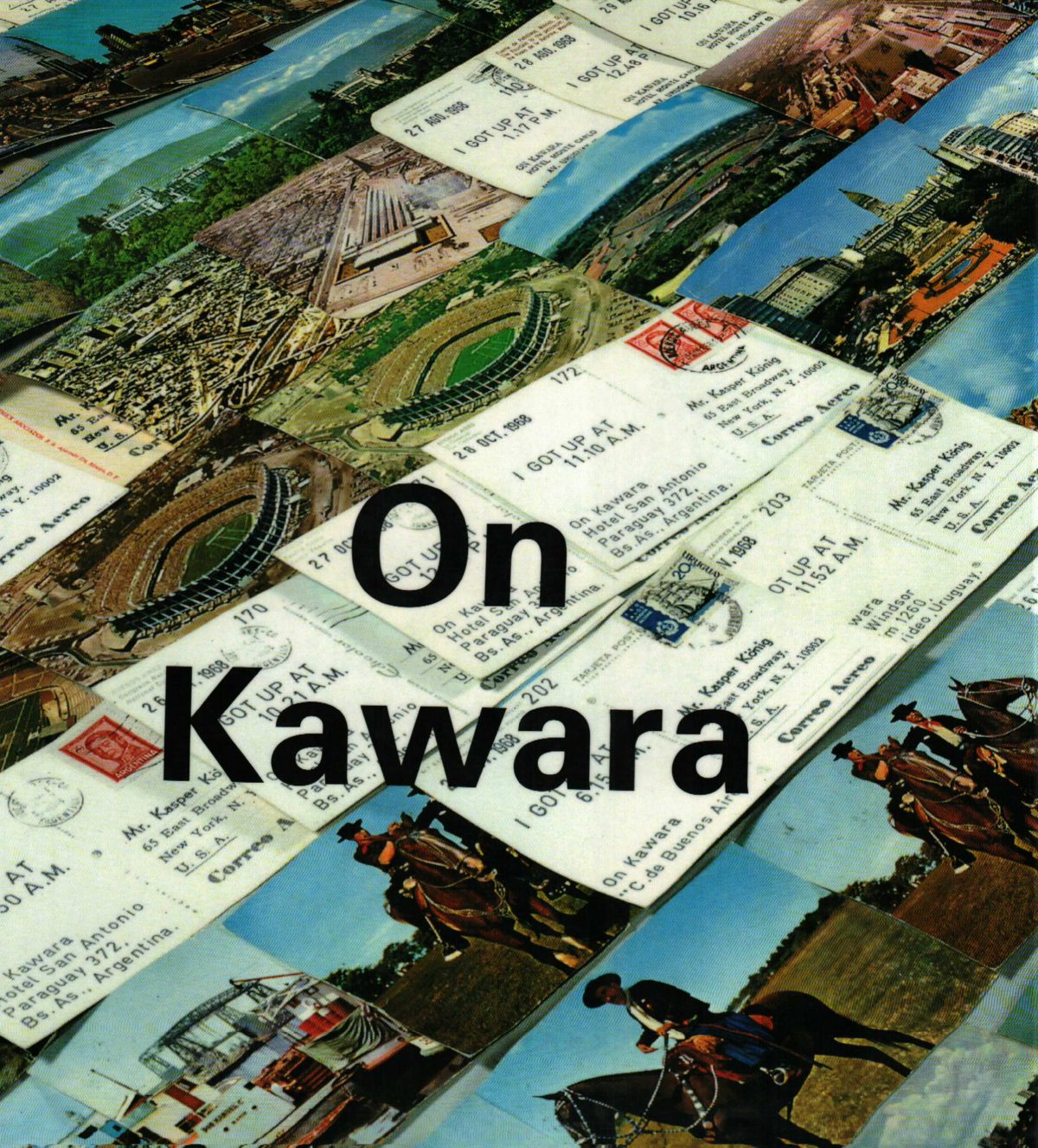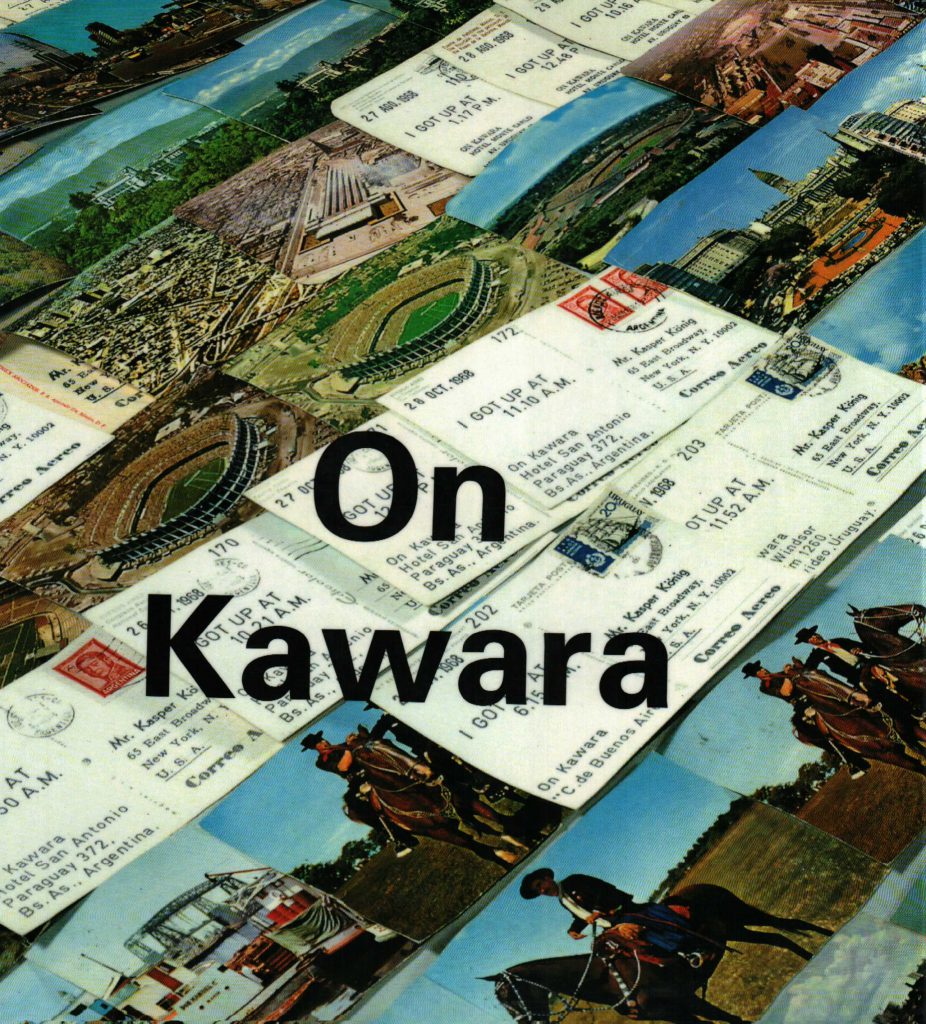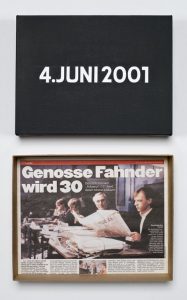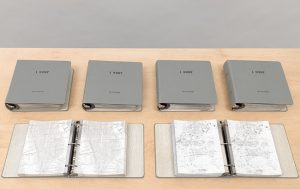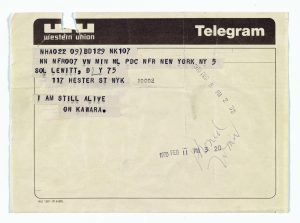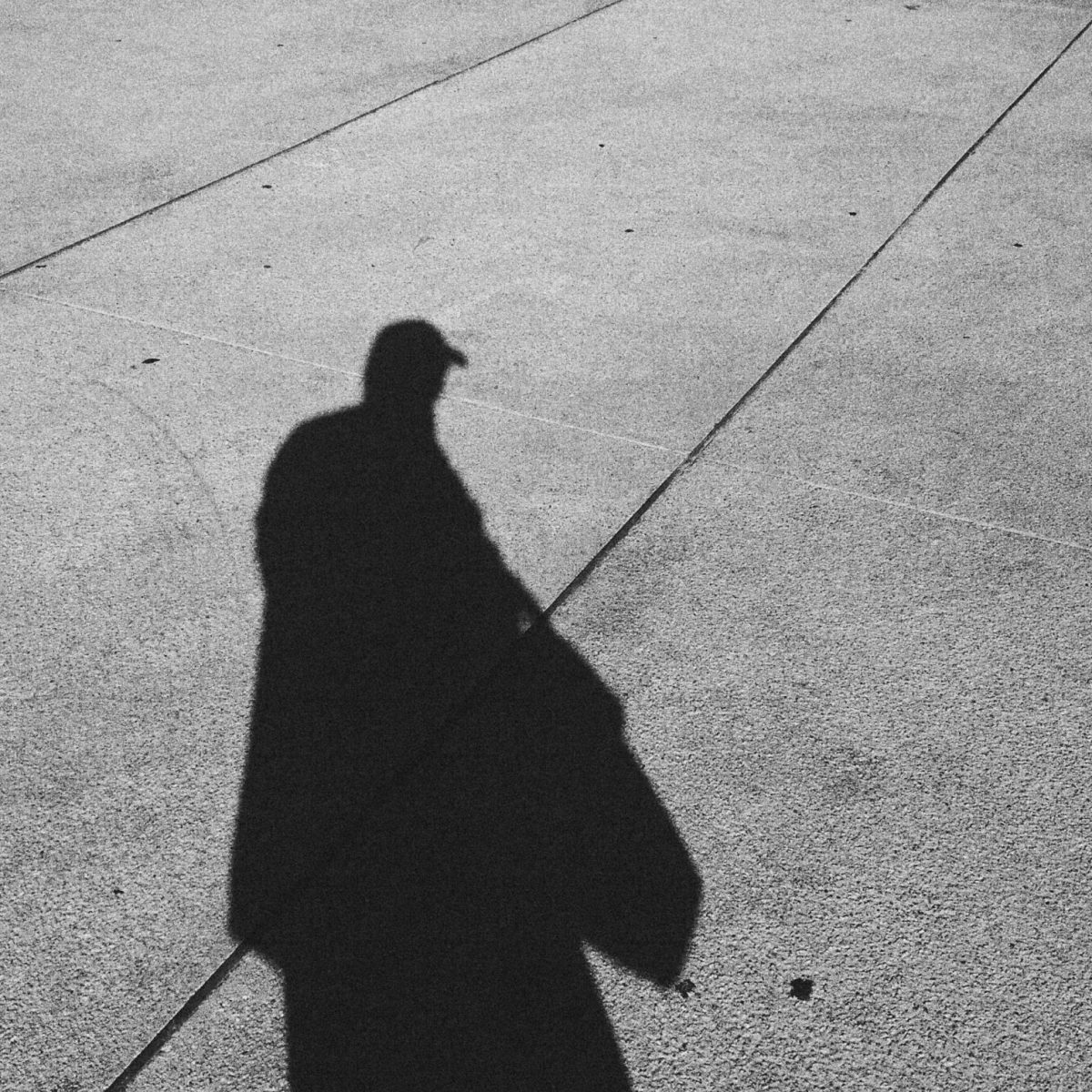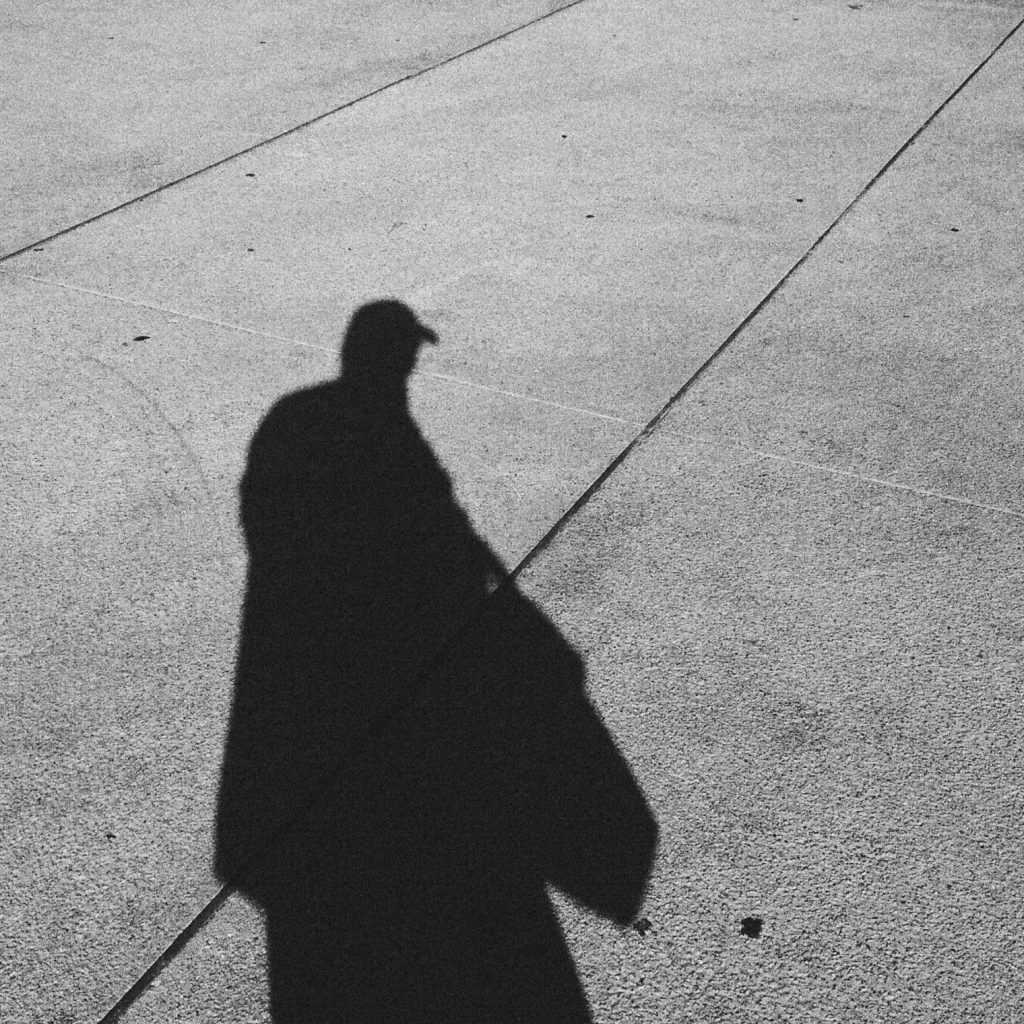
Propose a project: What are the reason(s) or aims for doing project?
With graduation just around the corner, the unknown of life itself awaits, and it frightens me. As a Singaporean, life has always been structured from young. The next step in life is always planned out, pre-school, primary school, secondary school, polytechnic then national service and ending with university. So why does the unknown after university life frightens me? It hit me then, it was the freedom.
To embrace the freedom of life, one has to know about one self, otherwise the freedom given is damning and feels like a deep abyss full of fear and doubts. The fear of what job should I take, will I be happy, will it be a fulfilling future, will I live a life of regret, death, all this insecurity and fear boils down to the lack of understanding of one self.
Thus the project I’m proposing will be a journey of self exploration using the concept of Time and one’s Consciousness as a guide to find the right questions to ask.
An intense consciousness about Time, Space and Existence puts your own existence in a larger perspective, shows you how small you are, makes you realize the importance and beauty of being alive and makes you aware and accept the ‘finalness’ of death.
Rene Rietmeyer
Design/ Methodology/Approach: How are the objectives achieved? Include the main method(s) used for the project. What is the approach to the topic and what is theoretical or subject scope of the project?
The objectives will be explored through the methods of Self Observation and Self Reporting. (TBC)
My main artist references
- On Kawara
- Roman Opalka
- Rene Rietmeyer
- Rebecca Solnit
The artists chosen above are due to the connection I felt with their works and their ideology of life itself. I’ll further explore and breakdown their concepts and through these form my own set of guidelines to follow in my work.
Findings: What was discovered while working on the project? Analysis discussion results?
I discovered that to question one’s understanding and take on what ‘time’ is to one self is a key opening to the journey. The concept of time differs from people to people, and this affects greatly their outlook of life and the way one react to living.
The conscious experience of something in the future is unthinkable as a subject. Thus, ” we humans perceive time only as a result of memory. If we had no conscious memory, we would not be aware of time at all; we would only see the Now. The result of having memory and the creation of our way of measuring time cause our perception of time to appear as a line.” Rene Rietmeyer
Tatsuo Miyajima’s (Japanese Artist) personal interpretation of time:
1.keep changing
2.continues forever
3.connect with everything
“Pure Duration” is the form taken by the succession of our inner state of consciousness when our self let itself live, when it abstains from establishing a separation between the present state and anterior state(before time/ earlier/ past).
“Clock time” does not reflect and can only distort what we perceived as the inner experience of time. This experience is resolutely accessible through thought and language, since it is composed of sensations, emotions and prehensions(an interaction of a subject with an event or entity which involves perception but not necessarily cognition.), of qualities in a constant and indivisible state of flux.
Henri Bergson, Philosopher
Originality /Value: What is new in your project? State the value of your project and to whom?
The concept of the self have been explored throughout time by philosophers such as Descartes, Hume, Locke and many others. Artists too have been exploring this concept and many others. I’m no different from these people, seeking a deeper meaning and understanding of one’s life. But everyone has their own interpretation of the self, some similar to others, but always with their own personal take on it. What’s new in my project is that there is only one Benjamin Sim Guang Min living this life now and my self exploration will be my own journey.
Through this self exploration, I hope the right questions I manage to ask myself will inspire other like-minded people like me who are lost in the uncertainty in life and fearful of the unknown that is to come, to look into their own inner self and seek a deeper understanding, setting off on to their own exploration.
Keywords: Keywords act as search terms and are like entry points to your project
Self, Time, Consciousness, Exploration, Unknown

